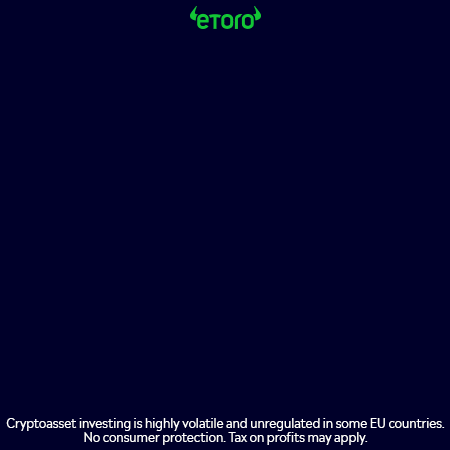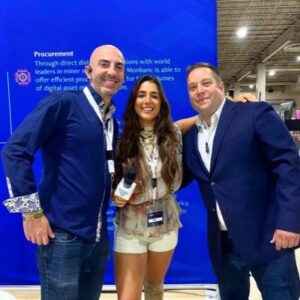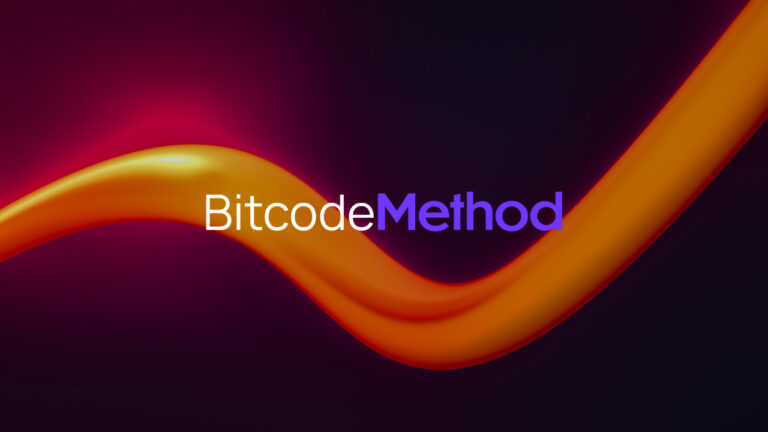The Block talks to IP lawyers about the pros and cons if there is a debate over licensing NFT projects. The spotlight is back on creative commons licensing (CC0), which is once again a hot topic in crypto. Moonbirds is the latest NFT blue-chip project to make its work public, following Cryptodickbutts and Goblintown.
Kevin Rose, cofounder of the Moonbirds organization and Oddities sister project, published a tweet thread on August 4, 2022 in which he stated that both projects would be freed from copyright. Anybody could build on and monetize their intellectual properties.
Moonbirds and Oddities owners who bought these assets believed they were the only ones with the right to monetize the art that was associated with their NFT were outraged by the decision. Anyone could have this privilege overnight, even without consulting Oddities or Moonbird owners. It was referred to by intellectual property lawyers as a “bait-and-switch .” “
Rose and his creative team made a controversial decision. It was a wager that CC0 would be the best type to have for Moonbirds or Oddities. They made the decision to notify the holders, but why would they do that?
CC0 is a type or creative tool that makes a work available to everyone. This means that others can freely use, build on, and commercialize it.
Projects can remove copyright to allow them to grow their brands by utilizing derivative use that does not require permission from the original founder team or attribution.
Copyright lawyers claim that CC0 can damage an NFT project’s brand by allowing them to forgo the right to remove harmful derivatives from the project and taking away the scarcity value from the NFT.
Copyright laws
Why would a project choose to use copyright? Yuga Labs’ Bored Ape Yacht Club, and Larva Labs’ CryptoPunks are two examples of NFT projects that have been highly valued, and they have also defended their copyright terms.
Copyright allows individuals to have a monopoly on their creations for a period of time, according to Jeremy Goldman, an intellectual property lawyer and partner in the litigation group at Frankfurt Kurnit Klein and Selz. Depending on what type of copyright license the creator uses for their work, other people may use the creator’s work commercially and derivatively with or without attribution. However, the creator retains the intellectual property.
Goldman says that copyrighting a creator’s work means they are telling consumers: “If you want, if you like the way I created it, and you want it to be used and enjoyed, then I am the only person who can grant you permission to do so.” Creators who copyright their work can sue those they consider to have infringed their intellectual property.
Yuga Labs as well as Larva Labs sought legal action against derivatives which were too similar to their projects.
Sohaib Mohammad is an intellectual copyright lawyer from Toronto. Copyright allows creators to monetize their work and prevent theft. The Block reported that Larva Labs went so far as to limit the amount a CryptoPunk owner can make from their NFT to \$100,000.
Copyright is complicated by the nature of NFTs, blockchain and other technologies. Goldman states that there is a critical difference between an NFT and the associated art. He adds that once an NFT has been minted, it is “out in the wild.” Yuga Labs and any other NFT teams “have absolutely no power or right to make any decisions about the non-fungible token once it has been transferred out from their smart contract .
Goldman states that the final decision about art or music or video related to an NFT is up to the original creators.
“When you purchase the NFT, you get an additional layer of [ownership] rights but not the intellectual property rights in art. This is why there’s confusion. Goldman says that artists have complete control over intellectual property rights.
Some NFT projects decided to abandon copyright in order to avoid the complications of asset ownership and copyright. They adopted CC0.
Creative commons licensing and NFTs
It is easy to create a project using CC0. Unlike the early days at Larva Labs which had unclear copyright rules and were difficult to follow, the rules of CC0 allow anyone to use the intellectual property of the work in any way they like without permission from the creator.
The commercialization and use limitations of works are removed by CC0. This is why NounsDAO founders decided to adopt it. The Nounders, the team that founded the project, wanted everyone to be able freely to reproduce and create derivative work that points back at Nouns. Punk 4156, co-founder of Nouns, previously explained to The Block that it’s similar to how citations eventually strengthen academic papers.
However, CC0’s unlimited reproducibility comes with some risks. Omar Abdallah, Rose Law Group attorney, said that CC0 can lead to negative elements such as racism, sexism, xenophobia, and other harmful elements. The team of the project doesn’t have much legal recourse if that is the case. They were willing to accept the risk of harmful derivative works, just as they were with Nouns.
When it comes to adding NFT CC0, “I think it [CC0] could weaken the brand.” Omar Abdallah says, “I think you can also reinforce the brands. It really depends.”
Although copyright is an older trend in NFT projects, CC0 is still a newer trend than copyright. However, current data shows that copyrighted projects have lower transaction volumes and trade volume than CC0. Bored Ape Yacht Club is the top copyrighted project and has three times as many sales volumes than the top project CC0 Moonbirds.










